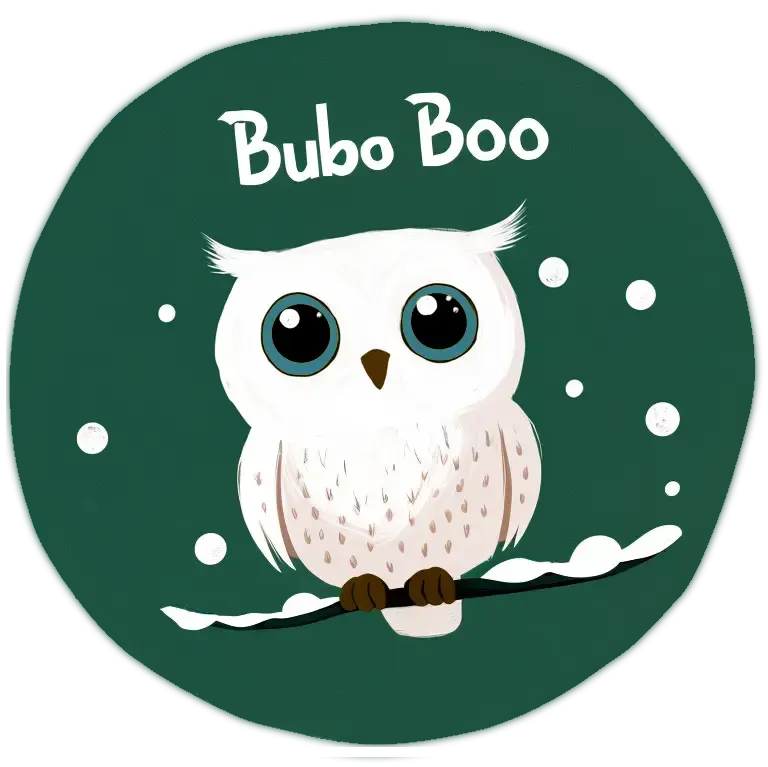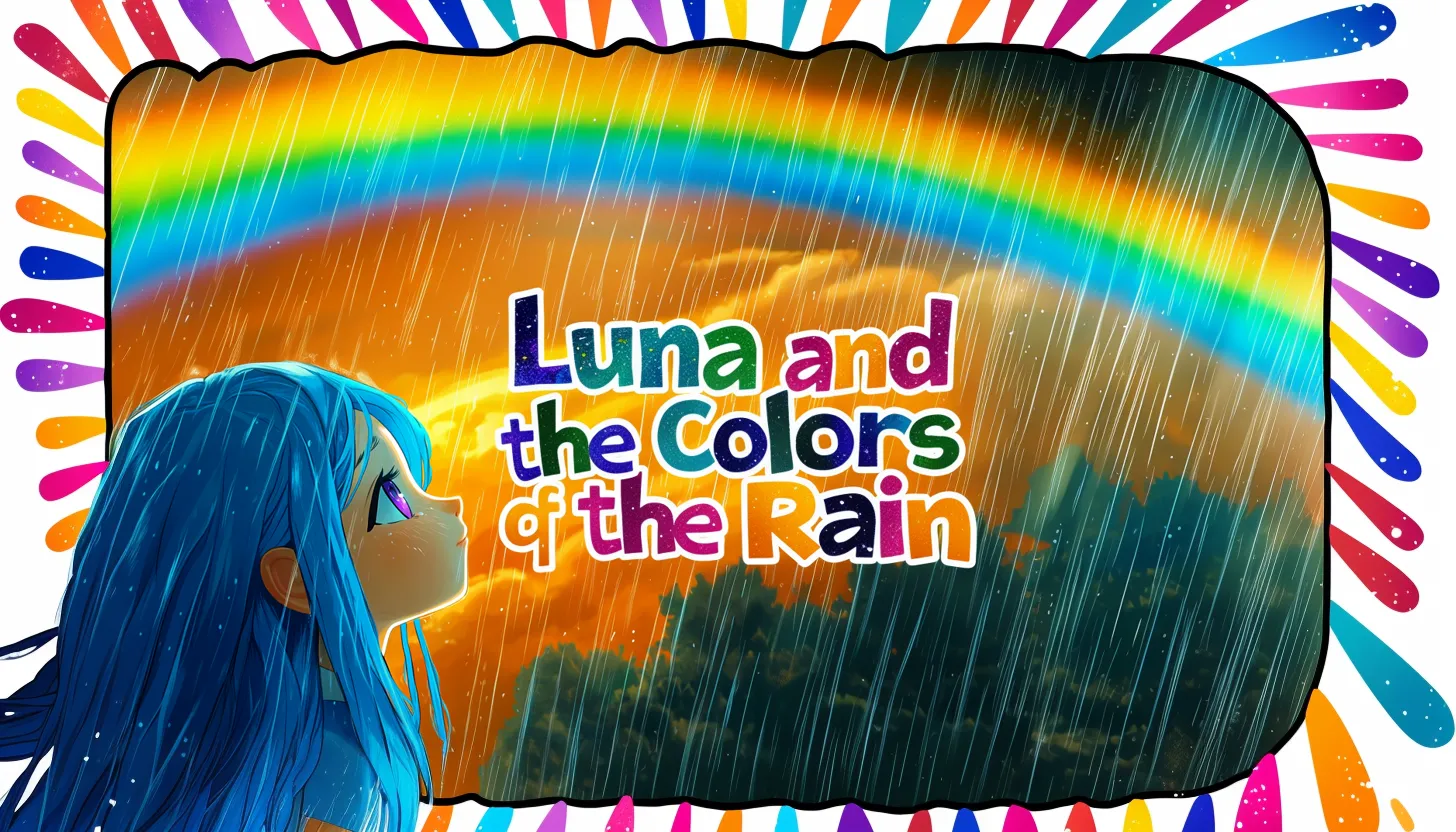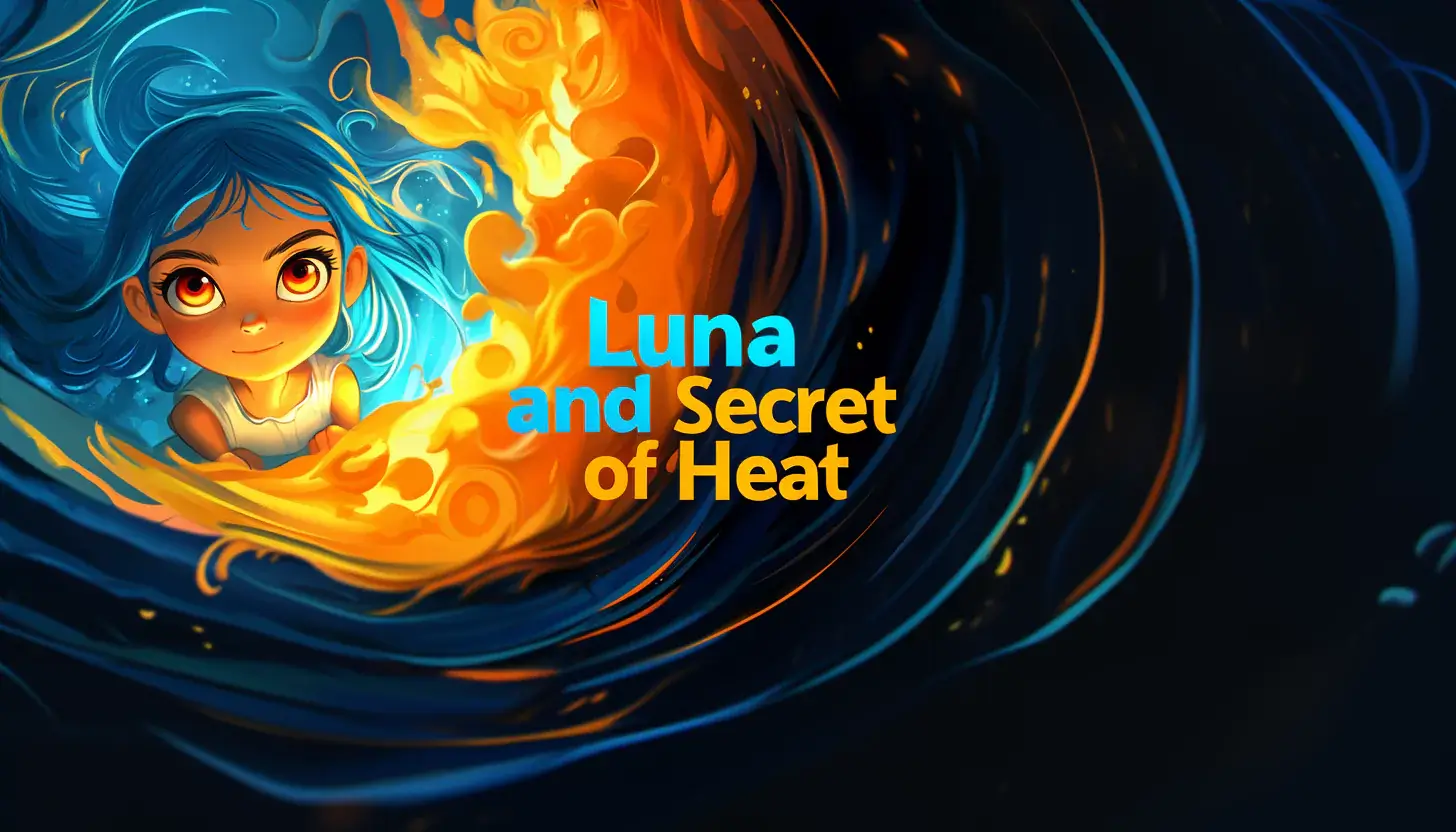In a small and charming village, surrounded by green hills and crystal-clear rivers, lived a girl named Luna. Luna was not an ordinary girl; her hair changed from a deep blue to silver highlights in the sunlight, and her violet eyes sparkled with an insatiable curiosity. Since she was little, Luna had been fascinated by the mysteries of the natural world, always seeking answers to questions that most children didn’t even know existed.
One day, while gazing at the sky from her bedroom window, Luna noticed that the clouds were gathering unusually. The sky, usually clear and sunny, was being covered by dark gray clouds, as if the universe was preparing for a big tantrum. Luna, with her clear umbrella in hand and her hair blowing in the wind, decided it was the perfect moment to go outside and investigate.
The sky quickly filled with thick clouds, and the wind began to blow harder. Excited about what was about to happen, Luna hurried outside. There was no doubt that it was going to rain soon. The first drop of rain fell and touched the ground, creating a small splash. Luna looked up and saw how the raindrops began to fall in a rhythmic pattern, almost like a gentle melody.
As she walked through the wet streets, Luna noticed something fascinating. When the rain touched shiny surfaces, like the pavement and windows, reflections of colors appeared that seemed to dance and move. It was as if the world was filling up with rainbows.
Luna headed to her garden, where the raindrops fell on the leaves of the plants, creating a spectacle of colors on the ground. The greens of the leaves and the brown of the earth blended with the reflected colors of the rain, creating a vibrant and magical tapestry.
"How can it be that the rain brings forth so many colors?" Luna wondered as she bent down to take a closer look. Her curiosity drove her to seek answers. She decided that the first thing she needed to do was understand how these phenomena worked.
She returned home and went straight to the library. In the science book corner, she found an old volume titled “The Secrets of Light and Color.” Carefully, she opened it and began to read. The book explained that the white light from the sun is made up of a mix of colors: red, orange, yellow, green, blue, indigo, and violet. These colors, when combined, form the white light we see.
Luna found a section that described how light can be separated into its individual colors. She learned that this process is called "refraction." Refraction occurs when light passes through a different material, like glass or water droplets, bending and separating into the colors that make it up. This is what creates the rainbows we see in the sky.
"That's fascinating!" Luna thought. "The raindrops act like tiny lenses that separate light into colors!" She decided she wanted to experiment with this phenomenon herself. So, she prepared a small area in her garden for her experiments.
First, she filled a jar with water and placed a clear crystal in a spot where it could catch the sunlight. Then, she watched as the white light broke into a range of colors projected onto the nearby wall. It was like a little rainbow in her own garden. Luna was thrilled by her discovery and wanted to see if she could create something similar with the rain.
The next morning, Luna woke up early and decided to make artificial rain. She filled a watering can with water and used it to spray the garden. Soon, drops of water began to fall on the grass and flowers, creating little waterfalls of colors. Luna realized she could see the colors of the rainbow on the shiny and wet surfaces of her garden.
While she was engrossed in her experiment, her friend Leo, a boy who lived next door, came running toward her. Leo had messy blonde hair and was always ready for a new adventure.
"Luna, what are you doing?" Leo exclaimed upon seeing the vibrant colors in the garden.
"I'm discovering how rain can bring out colors!" Luna replied excitedly. "Do you want to join my experiment?"
Leo eagerly accepted. Together, they placed various crystals in the garden and began to spray water on them. Soon, the garden was filled with a beautiful rainbow of colors dancing on the walls and the ground. The colors seemed to move and change as the sun traveled across the sky.
As they played with the colors, Luna and Leo began experimenting with different angles and light sources. They discovered that by tilting the crystals in various directions, they could create an even wider range of colors. They also learned that the size and shape of the water droplets affected the colors that appeared.
As the sun began to set, the sky cleared, and the water in the garden slowly evaporated. Luna and Leo sat on the grass, tired but satisfied, watching as the last rays of the sun illuminated the raindrops in the puddles, creating a display of colors on the ground.
"It's amazing how something as simple as rain can show so many colors," Leo said, looking at the garden with admiration. "It's as if the world is painted by an invisible artist."
"Yes," Luna replied, "and the best part is that we can understand how it all works thanks to science. The refraction of light shows us that even cloudy days can have magic if we know how to see it."
That night, Luna went to bed with a smile on her face, dreaming of new adventures and discoveries. As she snuggled under her blankets, she thought about how the refraction of light in the rain had turned a rainy day into a magical and educational experience.
Luna understood that the real trick to seeing the magic in the world was to be curious and willing to learn. With each new discovery, her love for science and knowledge grew, and she knew there were many more secrets to uncover in the vast and wonderful world around her.
Thus ended another day in the life of Luna, a girl whose curiosity and passion for the cosmos and science led her to discover the most fascinating secrets and share them with those around her.








